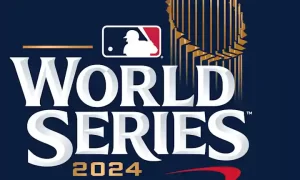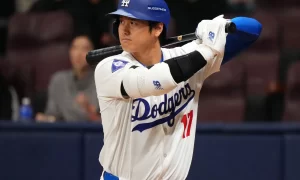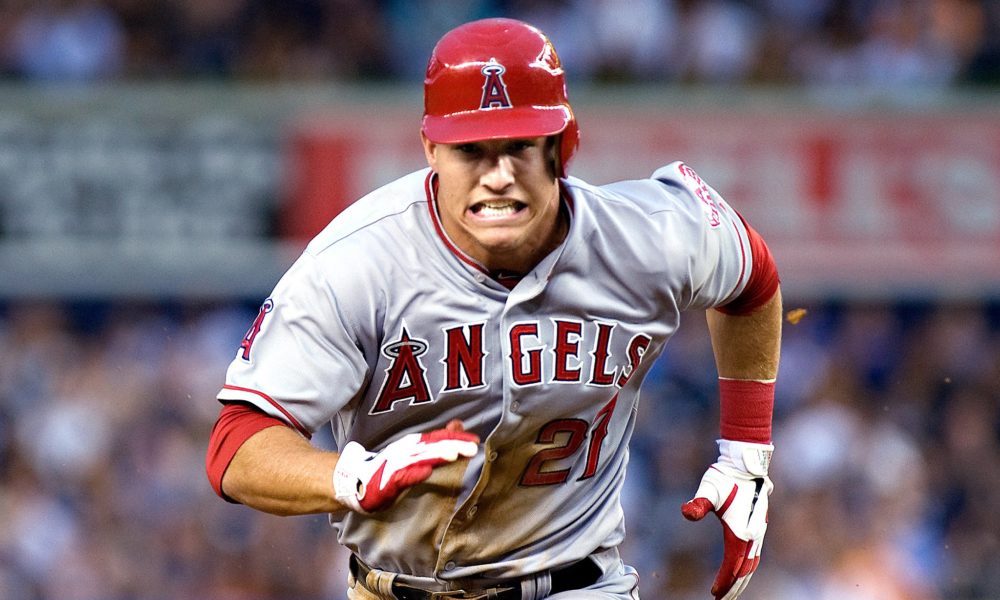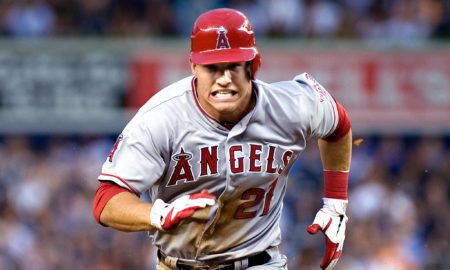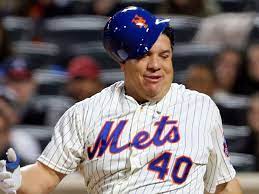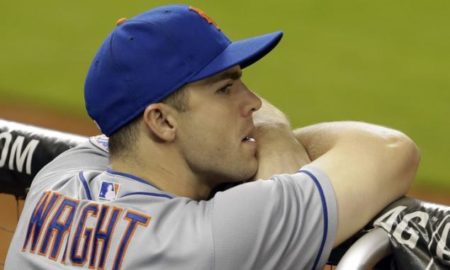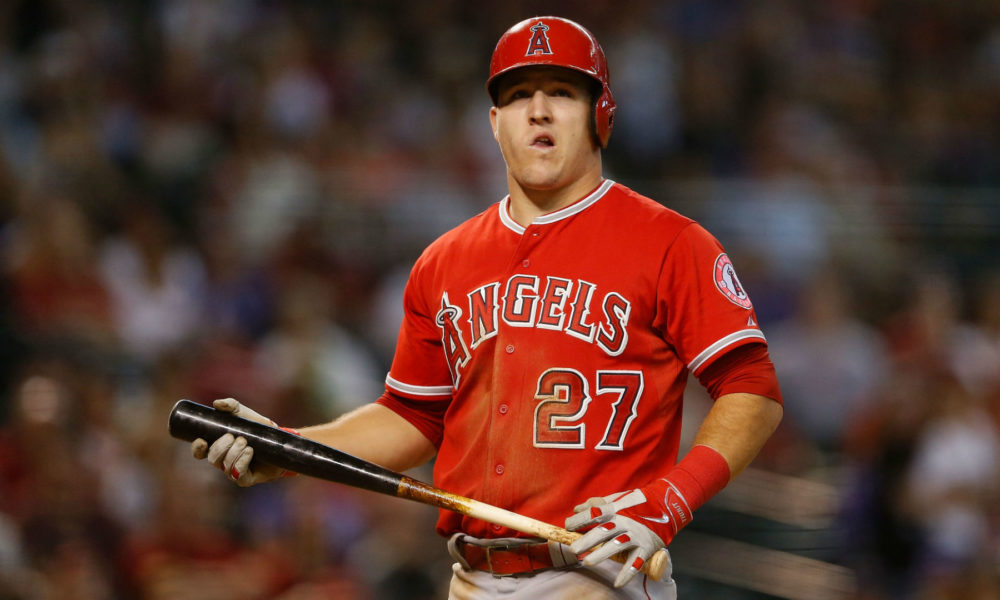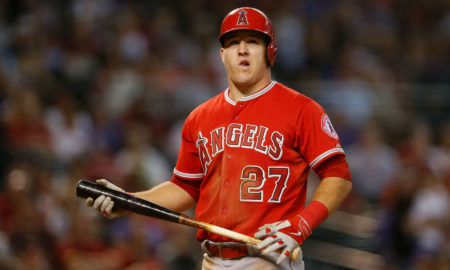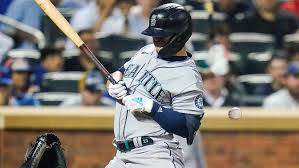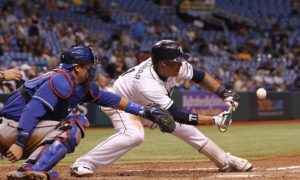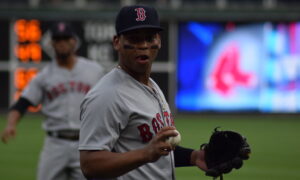Matt Kemp Back to “MVP” Ways in LA
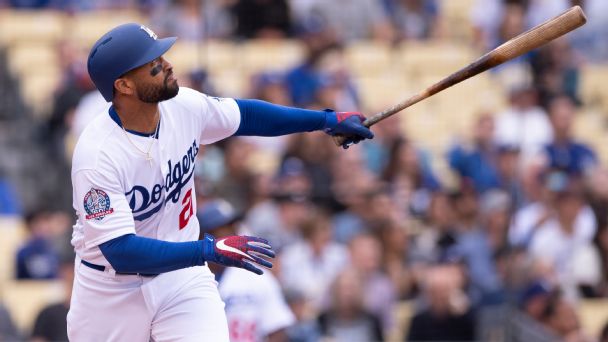
It was the morning of November 1st, 2017—the morning after my Dodgers fell to the ‘Stros. The team had fallen just one game short of obtaining the ultimate goal in bringing back the first championship to Los Angeles in almost 30 years. All the pieces were there: the best pitcher, the best closer, the last two rookies of the year (and the best beard in the league), but it wasn’t enough. While other teams were getting better during the offseason we saw something particularly rare during Magic’s era of ownership: the Dodgers did little to nothing. They let integral pieces walk to competitors; notably, Brandon Morrow and Yu Darvish to the Cubs, while only adding a couple of depth players via trades and cheap reclamation free agent projects.
All of these moves – or lack thereof – had Dodgers fans a little worried about this season. There was one move that made everything better: the Dodgers traded Brandon McCarthy, Scott Kazmir, Adrian Gonzalez, Charlie Culberson and cash to the Braves in exchange for Matt Kemp, a Dodger favorite to many while I was growing up. I remember when the news broke. I was golfing with some friends in LA, at the course where Harrison Ford crashed his plane. All my friends were skeptical of the move, saying they preferred the pitching depth of McCarthy and a good young utility player in Culberson. They hoped this was just a move to get rid of some bad contracts and that the Dodgers would just waive him. I was the only one who seemed to love the move. Kemp was back in the Dodger blue, ready and poised to help lift this team to their first World Series since 1988.
After a rocky 16-26 start out the gates and finding themselves in the basement of the NL West at 8.5 games back of the Dbacks, the Dodgers looked like they were in trouble and that the lack of blockbuster moves this offseason would come back to haunt them. Not only were they losing games at an alarming rate, they were also losing players to injury. By May 16th, they had lost three of five opening day rotation members (Clayton Kershaw, Hyun-Jin Ryu, Rich Hill), their Brandon Marrow replacement (Tom Koehler), and arguably the best shortstop in the NL for the entire season (Corey Seager). The only bright spot to this point was Matt Kemp’s resurgence, reminding all the Dodger faithful of why he was worth that original contract he earned in 2012.
Kemp didn’t want to end his career being talked about like a star who “got paid” – $160 million over eight seasons – and never lived up to his paycheck. When traded back to the Dodgers, he was strictly part of an accounting move by the front office to get under the luxury tax threshold so they could become big spenders again in 2019. However, it seems the Dodgers have a knack for getting the most out of players who have been given up on by their previous clubs. Whether it’s Chris Taylor, Brandon Morrow, Max Muncy, or now Matt Kemp, these “cast-offs” all ended up being crucial components to the success of recent Dodgers teams.
For Kemp, this turnaround started this past offseason. Coming off a lackluster performance last season with the Braves, he looked like he was moving more towards retirement than starting in his third All-Star game. At that point he was told that there was a strong possibility of him being quickly traded to an AL team where he could DH, lessening the burden of his defensive liability. But looking to prove everyone wrong, Kemp came into spring training looking like a leaner, younger version of himself. He lost 40 pounds in preparation of the 2018 campaign and was ready to demonstrate that he could hold his own on the defensive side and provide a boost to a young, talented team.
During the first 42 games, he hit a quite good .304/.343/.480 but his five home runs, 13 runs, and 17 RBI weren’t exactly carrying the team to success. Since then, he has a line of .326/.371/.579 with 12 home runs, 34 runs, and 46 RBI, helping vault the team from ten games under .500 to a 56-46 record and a game and half ahead of Arizona. To make things better, he is hitting .408 with an OPS of 1.135 with runners in scoring position on the season en route to becoming one of the major league leaders with RISP.
Looking at some more of the advanced stats, it’s somewhat difficult to pinpoint why Kemp is experiencing his best season since 2012, with the only significant deviation from his career averages coming from his batted ball profile. He is hitting the ball harder than ever, with a career-high 44.4% hard-hit rate (up nearly 10% from his career average), while keeping his distribution and type of hits close to his career norms. Kemp’s .367 BABIP tells us that he is experiencing a good bit of luck as that should regress towards the MLB average of .300. However, he’s hitting the ball harder than he ever has, so the elevated BABIP has an explanation outside of “flukiness.”
Kemp’s impact on the Dodgers this season has just as much to do with the intangibles he brings to the clubhouse versus just the impact he makes on the field. If such an award existed, Matt Kemp might get the Dodgers team MVP today. Kemp is back where everything started, playing a crucial role in the team’s success, and becoming the veteran presence a young team needed to right the ship.With #27 roaming the outfield once again, perhaps another wave of youth will descend upon Chavez Ravine yelling “KeMVP!” (Even though the Baseball Writers Association of American took it in their hands to rob Kemp of MVP honors in 2011).
-Brendan Cusack

